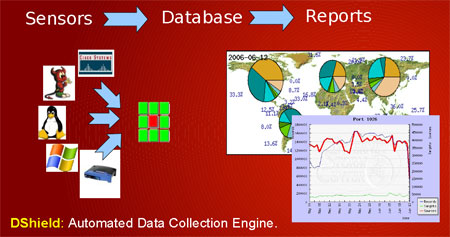John McAfee, the founder of McAfee Associates and pioneer in the antivirus field, was found dead today, June 23, 2021, of an apparent suicide in a Barcelona prison cell.
Born in 1945, the term “colorful” doesn’t begin to describe the life of McAfee. His entree into the nascent computer industry began with a degree in mathematics, followed by choice assignments at places like Xerox PARC, NASA, Univac, Booz Allen Hamilton, and Lockheed. He built up an impressive resume of programming skills until serendipity struck, in the form of one of the earliest computer viruses: the Brain virus. First found in the mid-1980s, Brain infected the boot sector of floppy disks and was originally intended as a somewhat heavy-handed form of copy protection by its authors. The virus rubbed McAfee the wrong way, and he threw himself into writing software to protect PCs from such infections. These were the roots of McAfee Associates, which opened its doors in 1987.
















